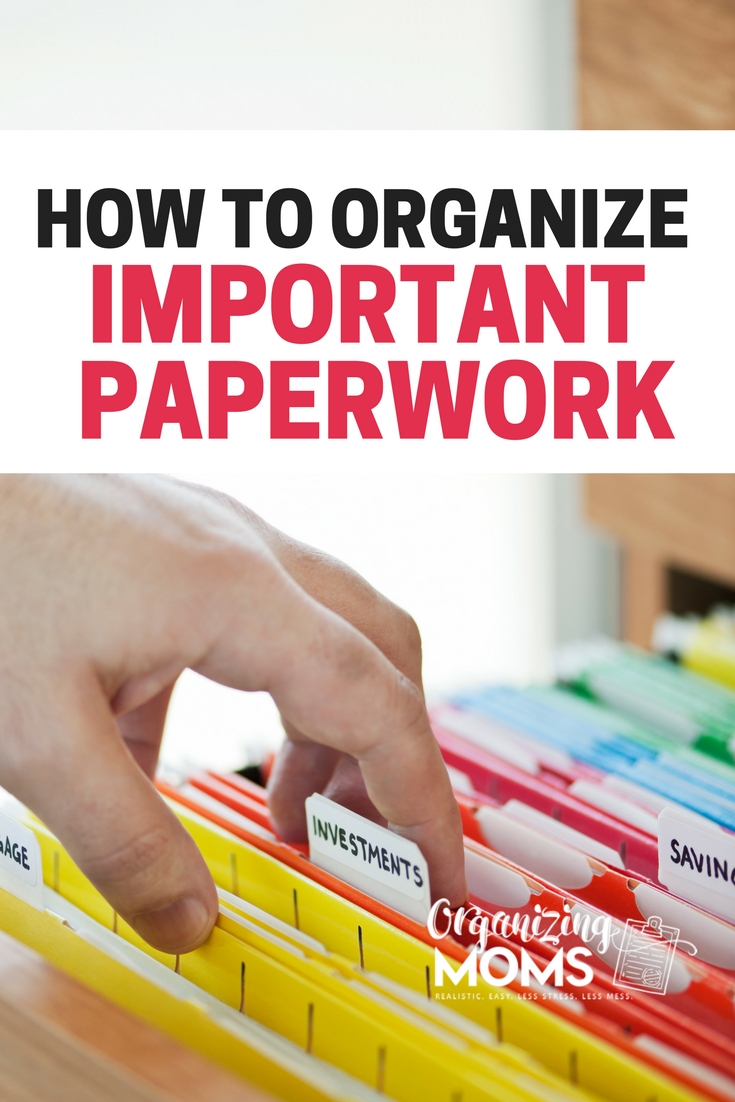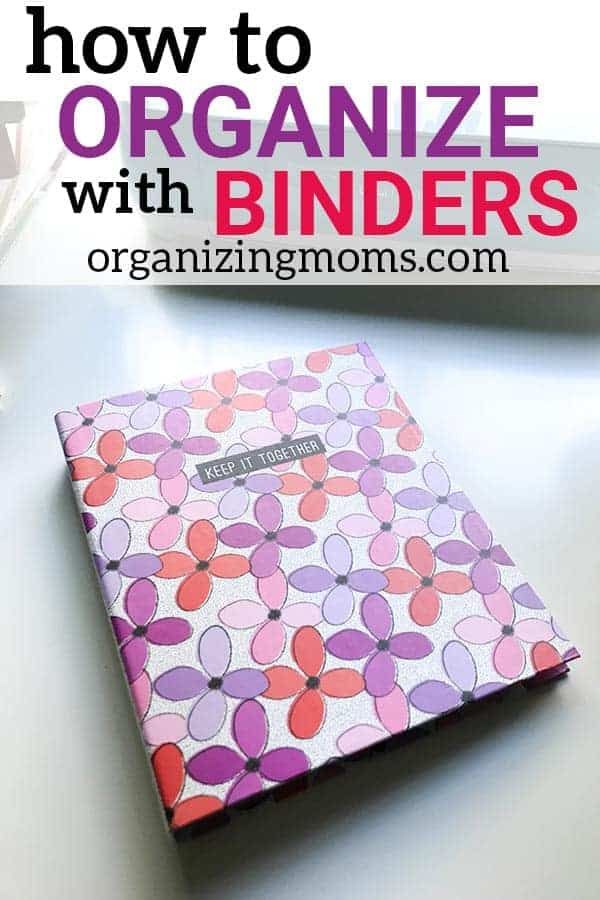5 Ways to Organize Your Paperwork Efficiently

Whether you're managing personal finances or professional documents, efficient paperwork organization can save you time and reduce stress. Here are five practical methods to help you keep your paperwork in order:
Eliminate Unnecessary Documents


The first step to organizing your paperwork is to reduce the volume you need to handle. Here’s how:
- Shred or Recycle: If you know certain documents won’t be needed for tax or legal purposes, shred or recycle them to avoid clutter.
- Digitize Documents: Consider scanning documents that you might need but don’t need in physical form. This reduces physical clutter while maintaining access to the information.
- Establish a Retention Policy: Different documents have different legal retention periods. Ensure you’re aware of these requirements to know what you can safely dispose of.
⚠️ Note: Always check local laws regarding document disposal, especially for sensitive information.
Implement a Filing System


A well-designed filing system is crucial:
- Alphabetical: Sort documents alphabetically by name, category, or topic for easy retrieval.
- Chronological: Useful for bills, invoices, or any time-sensitive documents.
- Numerical: Ideal for financial documents or when documents have unique numbers.
| Document Type | Suggested Organization Method |
|---|---|
| Financial Records | Numerical or Chronological |
| Personal Correspondence | Alphabetical |
| Legal Documents | Alphabetical or Category-Based |

Use Color Coding


Color coding is visually effective for quick recognition:
- Assign Colors: Use different colors for different types of documents or for different members of the family.
- Color Scheme Consistency: Keep the color system consistent across all filing cabinets or folders to avoid confusion.
📚 Note: Color coding works best when combined with another filing system.
Set Up Dedicated Workstations


A dedicated space for managing documents helps:
- Paper Organization Area: Have a spot for sorting and filing documents, complete with necessary supplies like shredders, staplers, and filing trays.
- Minimize Distractions: Keep your document workstation separate from other work or leisure spaces to maintain focus.
Regular Maintenance


Regular organization maintenance is key to keeping your system functional:
- Monthly Reviews: Set aside time each month to review and organize documents.
- Shredding Sessions: Schedule regular shredding sessions to dispose of unnecessary documents safely.
- Yearly Clean-Out: Perform a yearly deep clean to ensure your system stays relevant and clutter-free.
🔑 Note: Make maintenance part of your routine to avoid the daunting task of a massive backlog.
In sum, organizing your paperwork doesn't have to be an overwhelming chore. By incorporating these strategies—eliminating clutter, creating a smart filing system, utilizing color coding, setting up efficient workstations, and maintaining regular check-ins—you can keep your documents in order, improve productivity, and reduce stress. Effective paperwork organization sets a foundation for both your personal and professional life, making it easier to locate documents when they're needed most.
How often should I shred unnecessary documents?

+
Ideally, shred unnecessary documents as soon as you determine they are no longer needed. Regular shredding sessions, perhaps every three to six months, can help keep your organization system current.
Is it safe to digitize all my documents?

+
While digitizing documents can reduce physical clutter, it’s not advisable to digitize everything, especially sensitive documents like birth certificates or property deeds. Store physical copies of critical documents in a secure place.
Can color coding work with digital documents?

+
Yes, color coding can be implemented digitally by assigning different colors to folders or tags in file management systems like Dropbox or Google Drive, helping to visually organize files in a similar fashion to physical filing.



